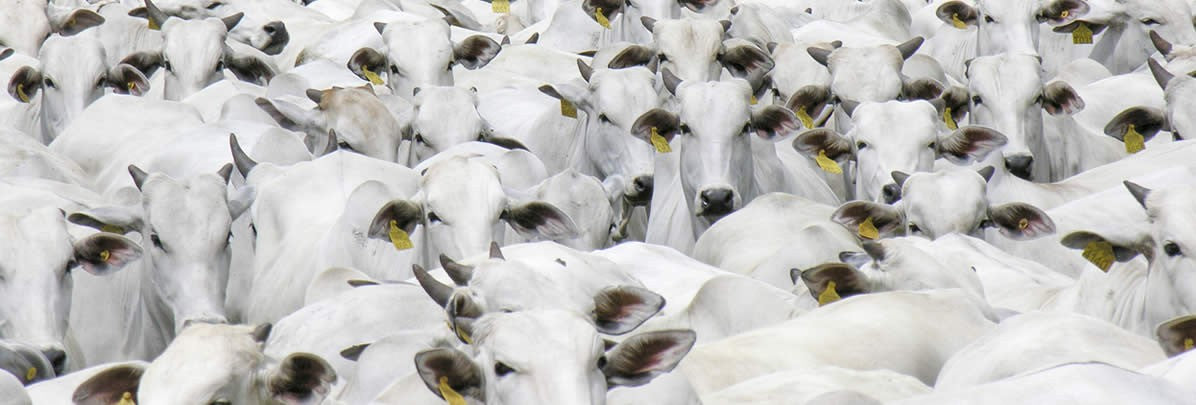
SERVICES
Directed Mating
Genetic Management – Directed Mating
Obtaining genetic progress in beef herds has two easy-to-apply improvement tools: selection and mating. Selection comes as a decision-making process that indicates which animals will be used as the parents of the next generation, in addition to helping to define at what intensity they should be used. On the other hand, mating is a broad term that for domestic animals is important when it results in conception, gestation and birth, being a complementary element of selection.
Random matings have been used by producers, due to their ease of conduct, but they end up not taking advantage of all the genetic material available within the herd, which can compromise productivity rates, in addition to leading to underutilization of the available genetic material. However, the use of directed mating strategies allows the rational use of superior animals, optimizing pre-established objectives within breeding programs such as in cattle production systems, aiming for maximum genetic gain per generation, allowing for greater herd profitability.
The implementation of optimized mating requires greater attention when developing and following some criteria used to select the animals to be mated in order to reach a pre-defined objective. Knowledge of the productive characteristics of the herd is an important factor in deciding the type of mating to be implemented in order to improve characteristics of economic interest. Therefore, the choice of breeders that will be used in the herd must be defined based on the property's selection criteria and objectives. Mating systems must be implemented focusing on the demand of the market to which the production system is aimed, thus aiming to generate significant increases in productivity in order to obtain continuous genetic gains, through the result of each matrix mated with a specific breeder to produce animals with maximum genetic and commercial values.
Optimized mating, also called directed, combines the maximum amount of genetic information, taking into account the characteristics with available DEPs, and also morphological characteristics of economic interest for each animal, and thus, defining the most appropriate matings in order to optimize the genetic and functional potential of the products that will be generated to achieve the objectives of the breeding program and, consequently, the market.
